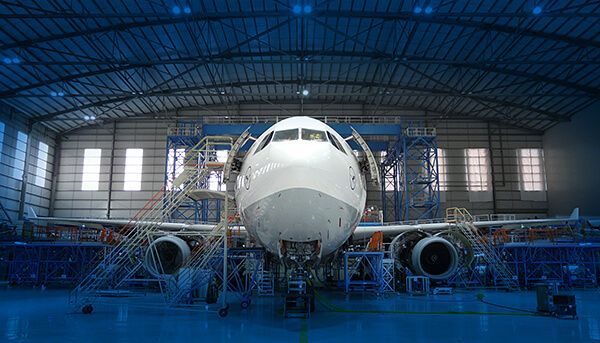REIDsteel
Environment
Innovating our design practices to significantly reduce the embodied carbon of our projects.
Engaging our team and stakeholders in our green initiatives, ensuring everyone is on board and proactive.
Embedding sustainability into every phase of our design and construction processes.
Collecting and submitting embodied carbon data to support our mission for a greener future.
Optimising eco-efficiency throughout the lifecycle of our steel construction, from manufacturing to end-of-life.
BS EN ISO 14001:2015 – Environmental Management System
BCSA Gold Sustainability Charter
Tracking and analysing key environmental data to drive improvements in sustainability and performance.
We are committed to promoting the idea of steel as a sustainable form of construction. We are reducing our greenhouse gas emissions as part of the wider sector commitment to de-carbonise UK steel construction, in line with the national target for the UK to be ‘net zero’ by 2050.
Simon Boyd, Managing Director
Some of the key actions we are undertaking to achieve our environmental goals are:
Management Systems and Environmental Accreditations
Responsibly managing the impact our business has on the environment is a major focus when considering the design of a structure . . .
Plus hurricane & seismic resilient buildings, stadia & grandstands, HVM gates, hospitals, housing, defence structures, car parks . . .









